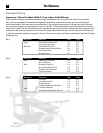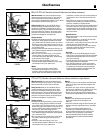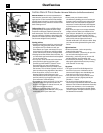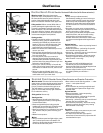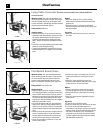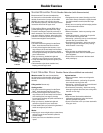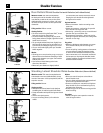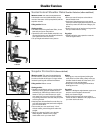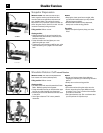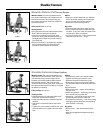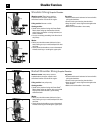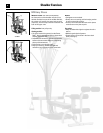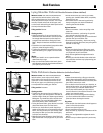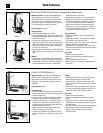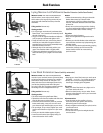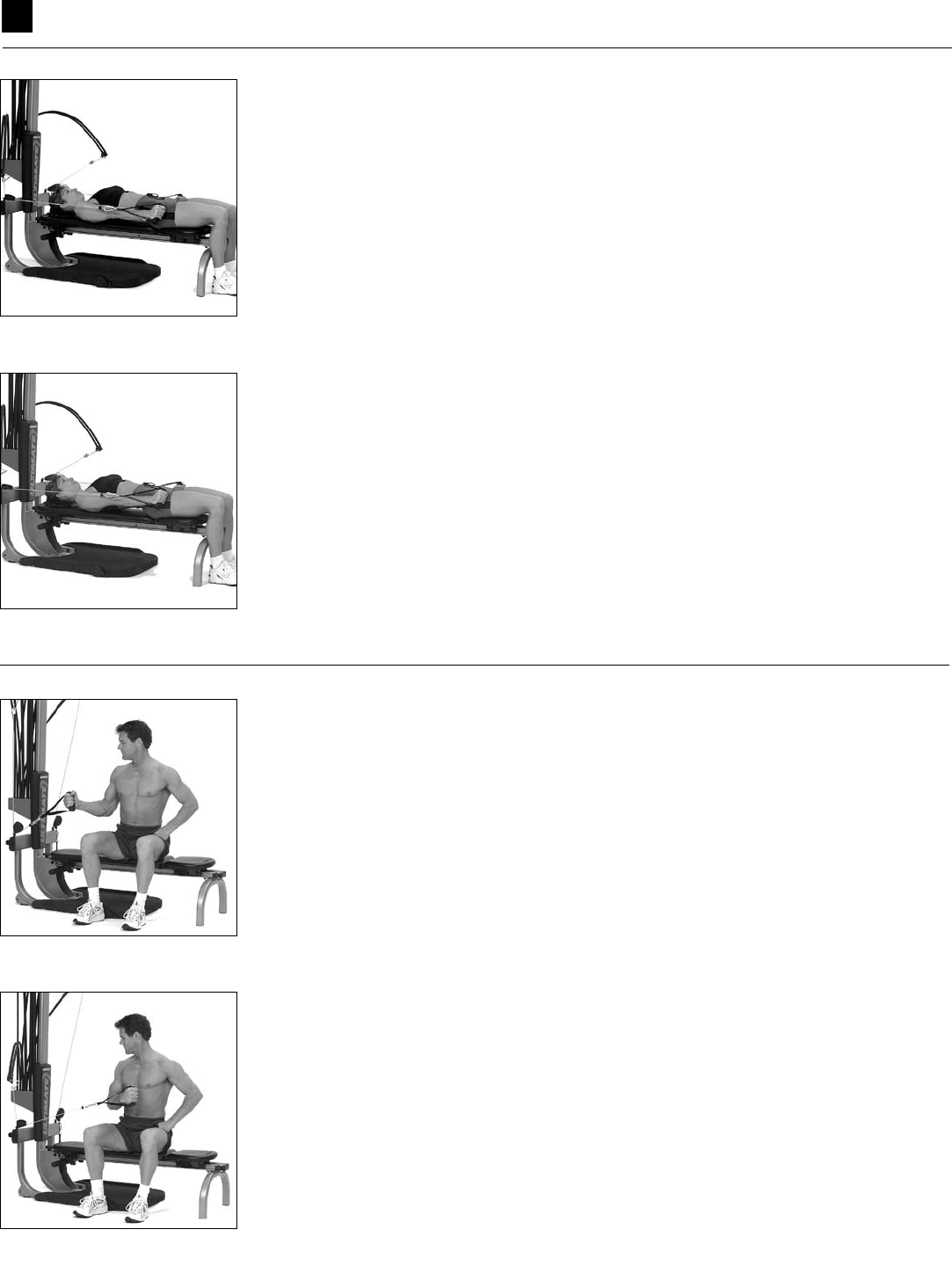
28
Shoulder Exercises
FINISH
START
Muscles worked: This exercise involves your
lower trapezius muscles, and latissimus dorsi
muscles. Both act as stabilizers and movers of
your shoulder blades. This motion of scapula
depression is very important in posture as well as
when using the arms to raise from a chair. It is also
involved in overhead pulling exercises.
Pulley position: Wide or narrow.
Starting position:
• With the bench flat, lie on your back with your
head toward the Power Rods
®
, knees bent, and
feet flat on the floor.
• Grasp the handles and straighten your arms
down along side your trunk.
• Tighten your trunk muscles to stabilize your spine
while maintaining a very slight arch in the lower
back.
Motion:
• Keeping the chest up and arms straight, slide
your shoulder blades toward your hips (hands
sliding along outer thighs).
• When shoulder blades are fully depressed,
slowly return to the starting position.
Key points:
• Do not lose spinal alignment, keep your chest
lifted.
Scapular Depression
Muscles worked: This exercise emphasizes the
front rotator cuff muscle (subscapularis).
Pulley position: Wide or narrow.
Starting position:
• Sit on the bench with one side toward the Power
Rods
®
. Maintain good spinal alignment.
• Grasp the handle nearest you and draw the upper
arm into your side, keeping your elbow bent.
• Distance yourself on the bench to eliminate slack
in the cable.
• Use a light resistance. This is not a powerful
movement.
Motion:
• Rotate your forearm toward your abdomen,
keeping your elbow by your side during the entire
motion.
• Slowly return to the starting position.
Key points:
• Control the motion during the entire exercise.
• Do not rotate the spine to get additional range
of motion. Try for “pure” rotation of the shoulder
joint. More is not better!
• Use light resistance only. Pick a resistance that
you can perform 12-15 perfect reps.
Shoulder Rotator Cuff Internal Rotation
FINISH
START



